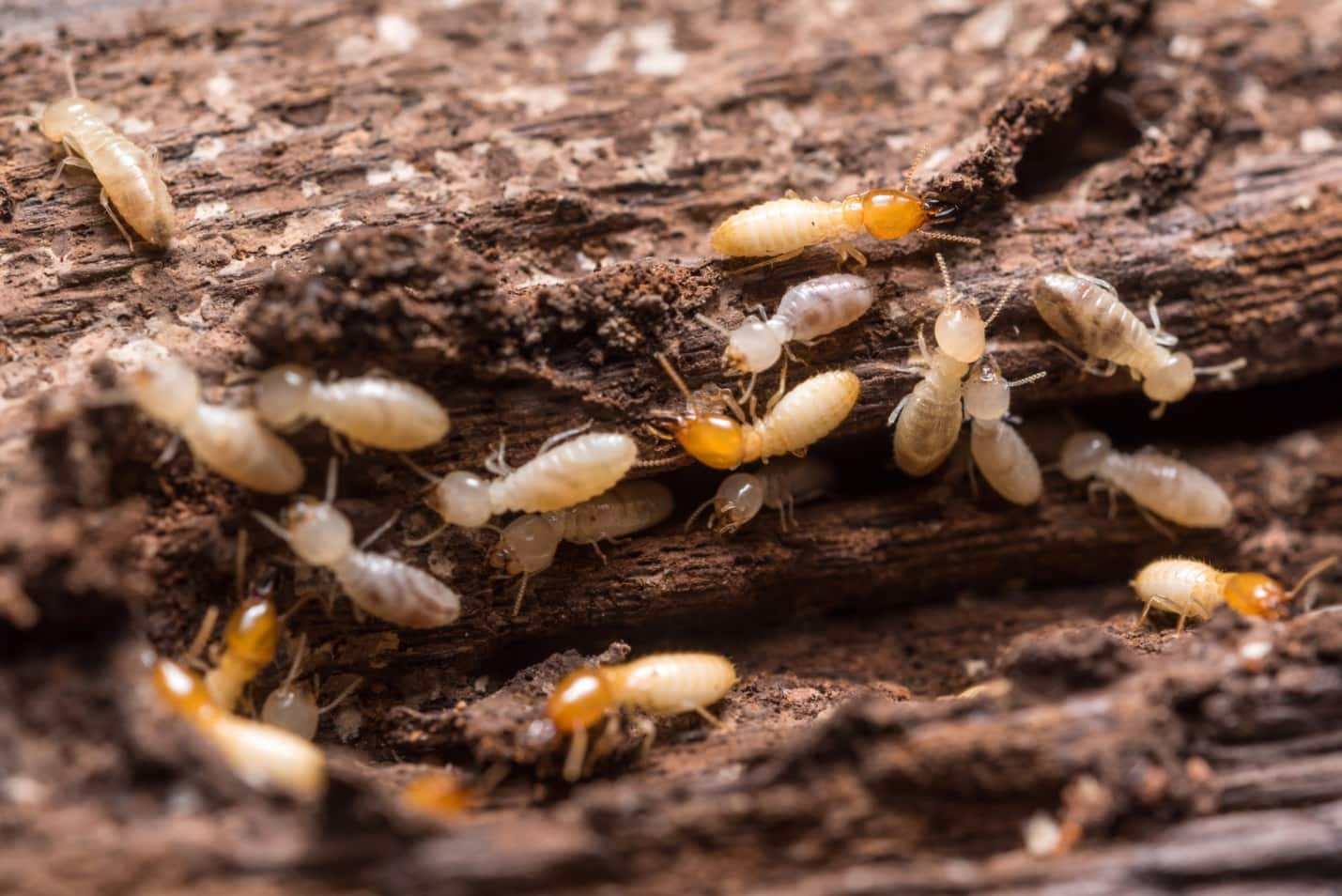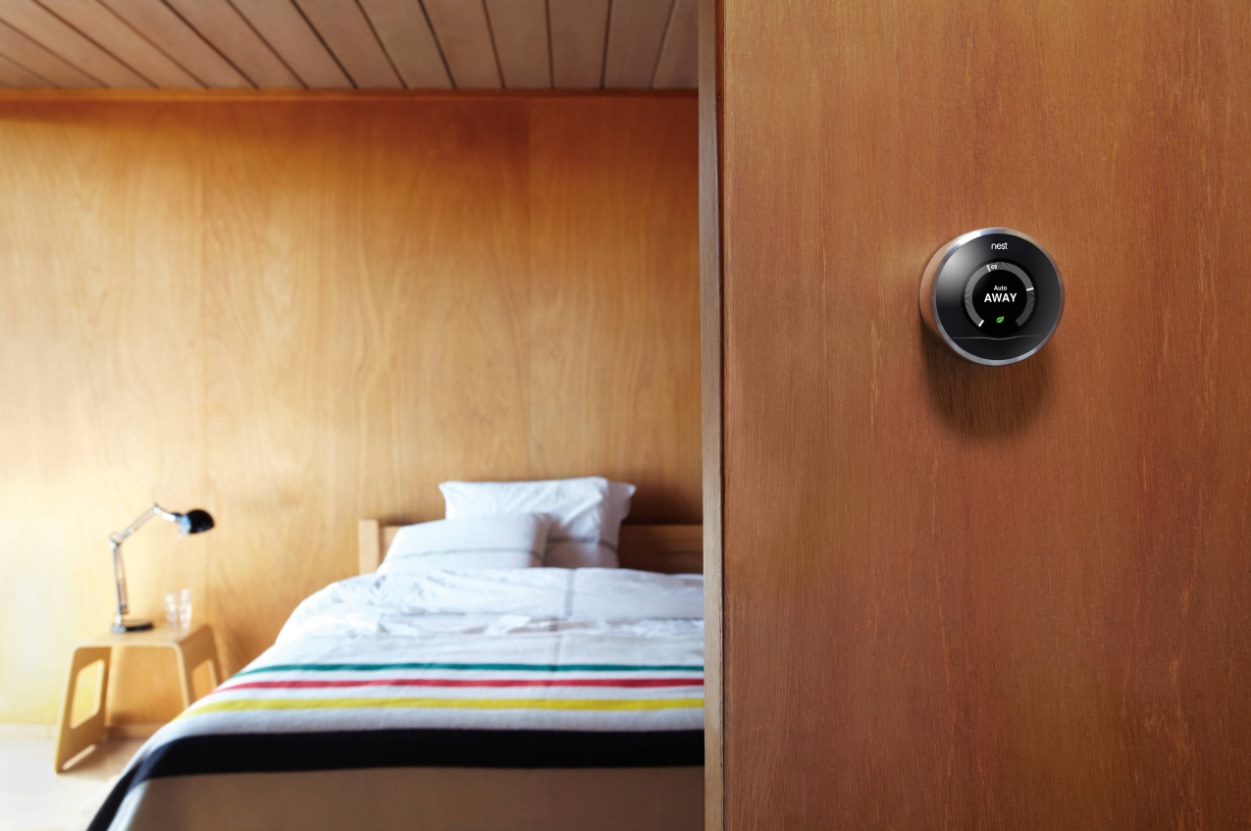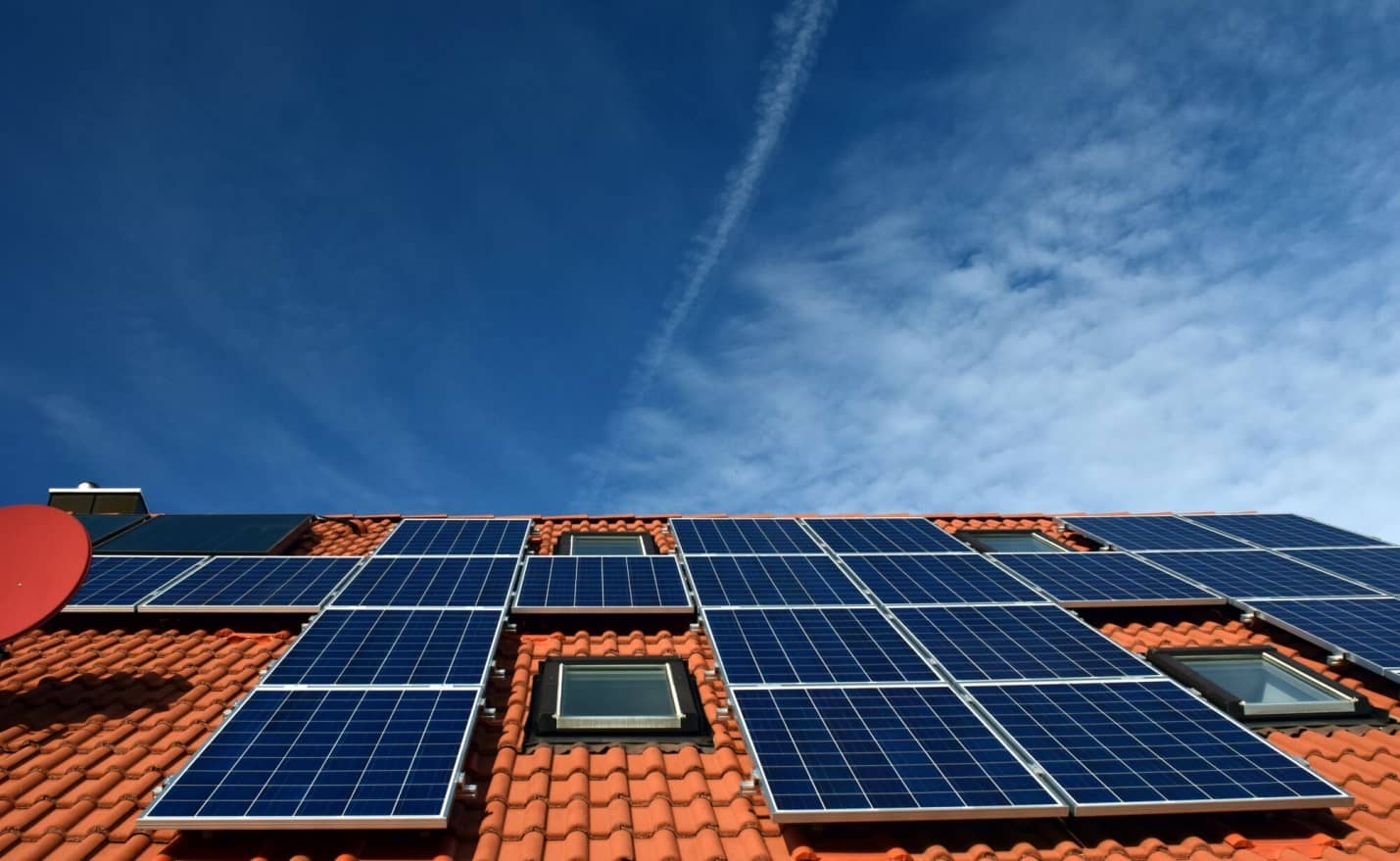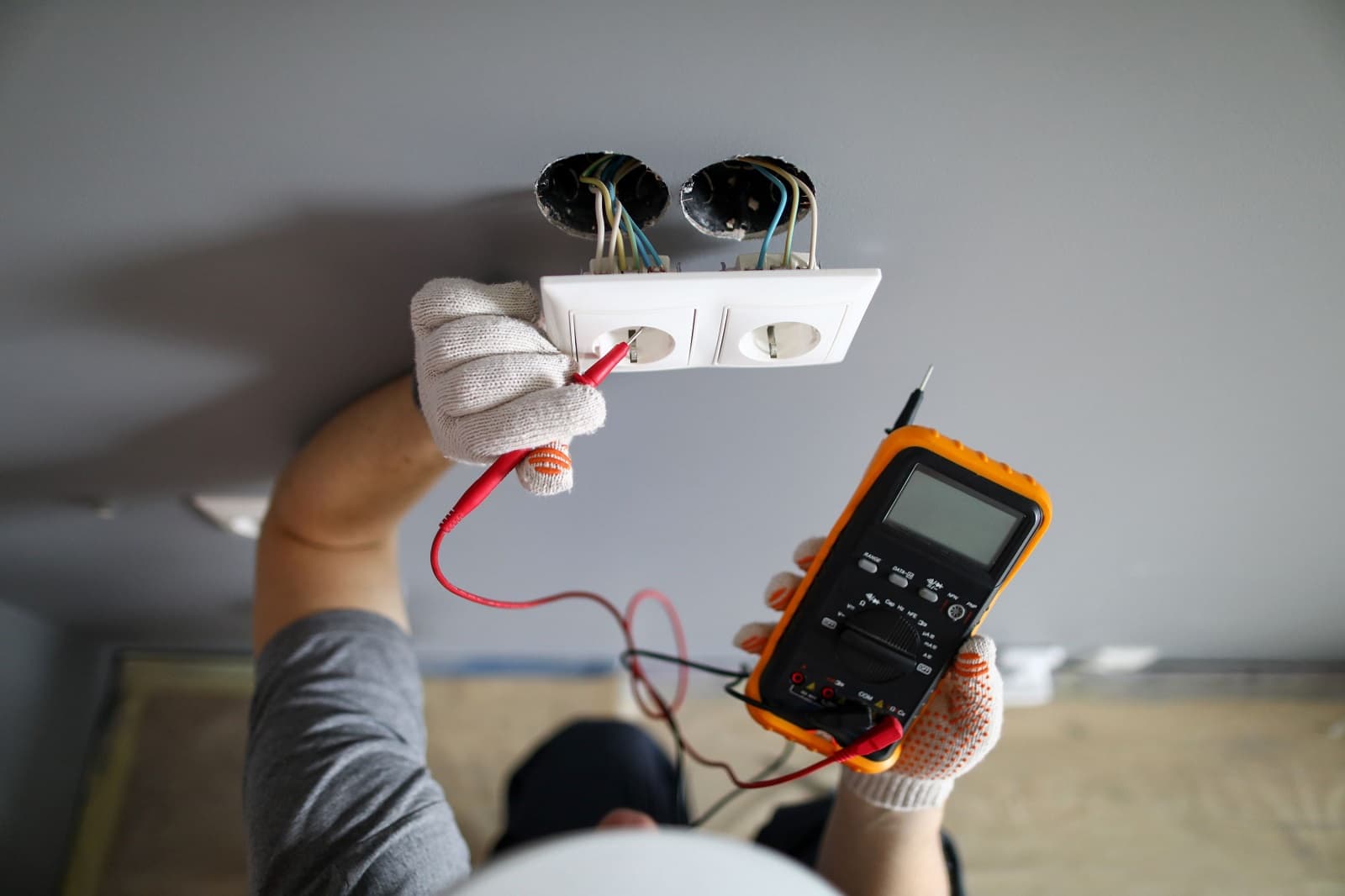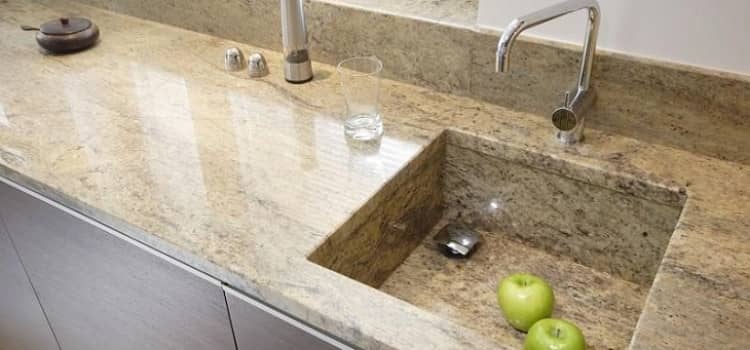Termites can make quite a bit of noise eating and even bang against wood in your home. Find out the other drywood termite signs in our essential guide.
Termites cause $5 billion in damages to American homes every year.
But sometimes it’s hard to notice this damage until it’s too late. Termites are tiny little bugs, and they tend to stay out of sight, so how do you know if they’re infesting your home?
If you know what to look for, finding these pests isn’t hard. We’ve put together this guide to help you recognize the drywood termite signs and learn what to do about them.
What’s the Difference Between Drywood Termites and Subterranean Termites?
To both of these termites, your home is a tasty treat. However, drywood termites tend to cause more damage to your walls at a faster rate.
While subterranean termites do munch their way through your walls, they tend to live underground. Drywood termites, on the other hand, build their colony inside your walls.
This makes them some of the most harmful pests. If you think you have drywood termites living with you, getting rid of them should be your first priority.
Signs There Are Drywood Termites Living in Your Walls
Drywall termites leave behind a few clear signs when they move into your walls. If you think you might have a termite infestation in your home, you should look for the following things.
You Can See Them
Did you find an ant in your home?
Look a little closer before smashing it. Termites look somewhat similar to ants, so what you think is a harmless ant might be a dangerous termite.
Is the bug white-ish in color? Does it have long, straight antenna? Are there only two distinct body sections?
If so, that’s not an ant. That’s a worker termite.
You may also see flying termites swarming in clusters outside your home during the months of April to July. Again, while you might think these swarms are flies, they look much different upon closer inspection.
For every termite you see, there are hundreds more you don’t see. So don’t ignore that one termite you found on the kitchen counter. If you do, the infestation will only get worse.
Leftover Wings
Some termites have wings (these are the types you’ll see flying outside your house), and their sole job is to find a mate and start new colonies. Their wings give them the ability to leave the nest and find a partner, but once they do this, they no longer need their wings.
Because of this, they’ll discard the wings before starting their new colony.
If you find tiny wings in your home, there are probably some termites building a colony in your walls. This could be the beginning of an infestation, so make sure you get in touch with a professional exterminator right away if you find these wings.
Hollow Wood
Rap your knuckles against your wall. Does it sound hollow?
If that answer to that question is yes, termites have definitely eaten a large portion of your wall. This means the damage is already extensive—it will cost a lot of money to fix.
Did the wall sound fine?
That doesn’t mean you don’t have termites. It just means they haven’t had a chance to eat quite as much yet.
Don’t rely on this sound test alone to determine whether or not you have termites. Search your home for other signs, too, especially if your wall doesn’t sound hollow.
Clicking Sounds
Termites make a lot of noise when they’re eating. If you listen closely, you may be able to hear soft clicking sounds coming from inside your wall.
A few interesting facts about termites: ants are their natural predators and termites communicate with vibrations. When they feel threatened, termites will bang against the insides of the walls warn the rest of the colony, which is another one of these interesting facts.
Even if you don’t hear them eating, you may hear other sounds coming from inside your walls. As a general rule, if you hear anything coming from your walls that shouldn’t be there, you should get in touch with an exterminator.
Mounds of Feces
Drywood termites don’t use their feces to build their tunnels (like subterranean termites). Instead, they shove all their droppings out of the walls where it will gather on your floor.
Are there piles of small, brown specs around your baseboards? This isn’t dirt. Before you sweep it up, you should take a picture to show an exterminator.
Keep in mind, just because you clean up the droppings doesn’t mean they’re gone for good. Termites eat a lot, which also means they poop a lot. You’ll likely find a new pile of feces every day.
Sticky Doors and Windows
Go through your house and open all the windows and doors. Are they difficult to open or close?
That may be the fault of drywood termites.
As they eat your walls, these termites also produce moisture. The wood of your home will then absorb this moisture, which can cause it to warp.
What to Do If You Find These Drywood Termite Signs
If you notice any of these drywood termite signs, you should contact an exterminator right away. The longer you wait, the more damage these termites will cause, which means you have to spend more money to fix the problem.
You can also talk to an exterminator about the best prevention methods. They’ll be able to tell you have to protect your home from these pests.
Want to learn some other helpful tips?
Make sure you take a look at the rest of our blogs!

